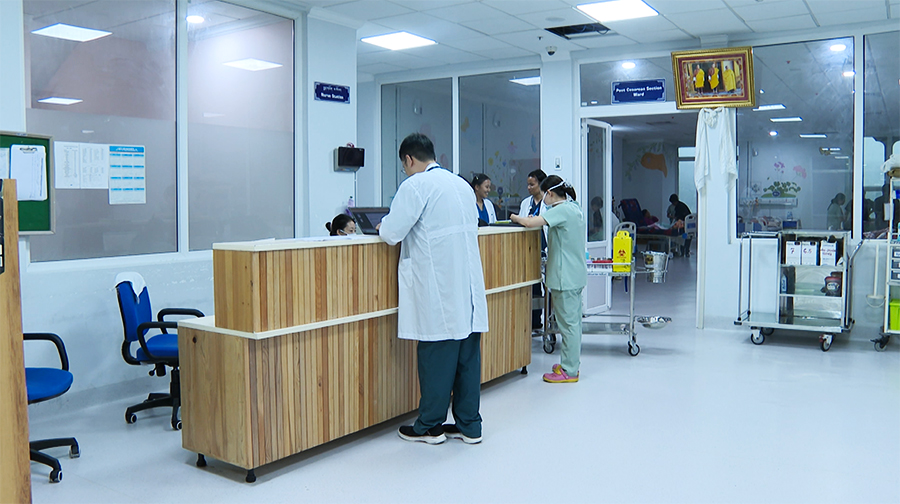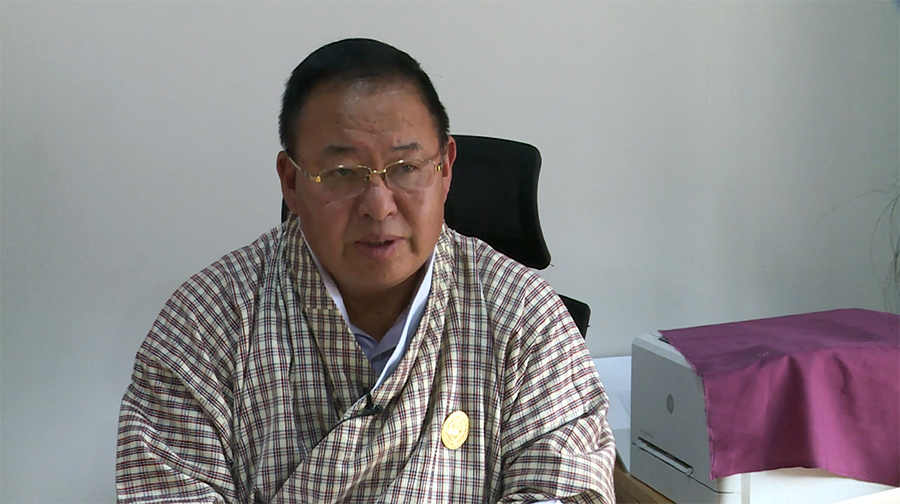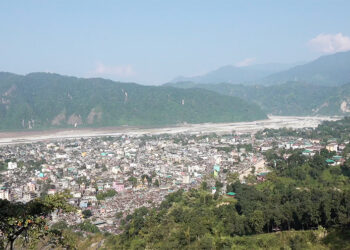 The National Health Survey 2023 found that the rate of cesarean or c-section deliveries was a little over 29 per cent for every 100 births in the country. This is almost twice the acceptable rate considered by the international healthcare community. Doctors attribute this to a lack of human resources and facilities for normal deliveries, rising maternal age during deliveries and growing health issues.
The National Health Survey 2023 found that the rate of cesarean or c-section deliveries was a little over 29 per cent for every 100 births in the country. This is almost twice the acceptable rate considered by the international healthcare community. Doctors attribute this to a lack of human resources and facilities for normal deliveries, rising maternal age during deliveries and growing health issues.
A doctor from the Gyaltsuen Jetsun Pema Wangchuck Mother and Child Hospital says the international healthcare community considered the ideal rate 25 years ago. He says that with evolving socio-economic conditions over the years, the rate may be justifiable for Bhutan.
 “I think that, given our shortage and given our limitations, at this point in time, it is justified, because we are able to give healthy babies to the mothers. With the emerging factors, we also have elderly mothers coming who are delivering, and then we also have mothers who are coming with artificial pregnancies, such as IVF pregnancies. So, these are the reasons why caesarean section is coming into the limelight. But we can definitely reduce a little lower if we have the optimum number of health staff in place,” said Dr. Phurb Dorji, Sub-Specialist of Fetal Medicine, Gyaltsuen Jetsun Pema Wangchuck Mother and Child Hospital.
“I think that, given our shortage and given our limitations, at this point in time, it is justified, because we are able to give healthy babies to the mothers. With the emerging factors, we also have elderly mothers coming who are delivering, and then we also have mothers who are coming with artificial pregnancies, such as IVF pregnancies. So, these are the reasons why caesarean section is coming into the limelight. But we can definitely reduce a little lower if we have the optimum number of health staff in place,” said Dr. Phurb Dorji, Sub-Specialist of Fetal Medicine, Gyaltsuen Jetsun Pema Wangchuck Mother and Child Hospital.
The national cesarean section guidelines include maternal requests for convenience, fear of labour pain and rising maternal age with associated health conditions, among others, as reasons for c-section delivery.
C-sections are either planned or done during emergencies. In Bhutan, doctors say there are equal cases of both planned and emergency C-sections.
While c-section deliveries are on the rise, studies show that they carry short-term and long-term risks that may affect future pregnancies.
“We say that vaginal delivery, normal delivery, is eight times safer than caesarean section, by a factor of eight times. In a caesarean section, bleeding is more, there is a risk of injury to your bladder, your bowel, and then there is also a risk that, because of bleeding, you might lose the uterus, womb, or the womb may be cut through pericardial hysterectomy,” added Dr. Phurb Dorji.
He added that after a C-section, the mother’s body takes time to heal, leading to a prolonged duration of hospital stay. Moreover, there can be an infection in the surgical wound, which might need re-operation.
At the mother and child hospital, the C-section rate is about 37 per cent. Among other factors, it is primarily attributed to the hospital receiving complicated referral cases.
Singye Dema
Edited by Kipchu








